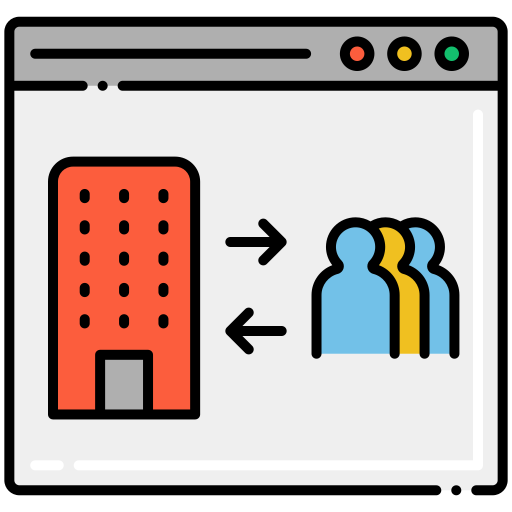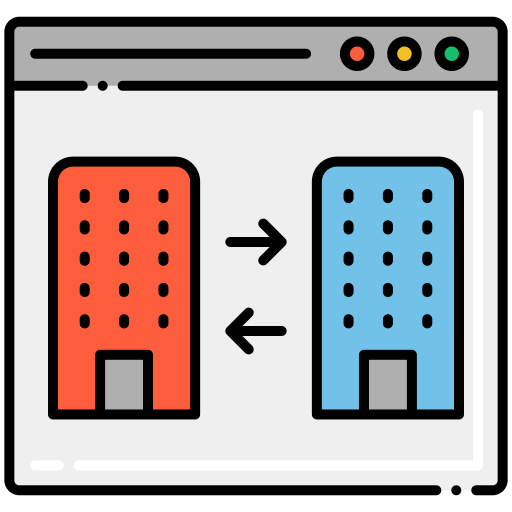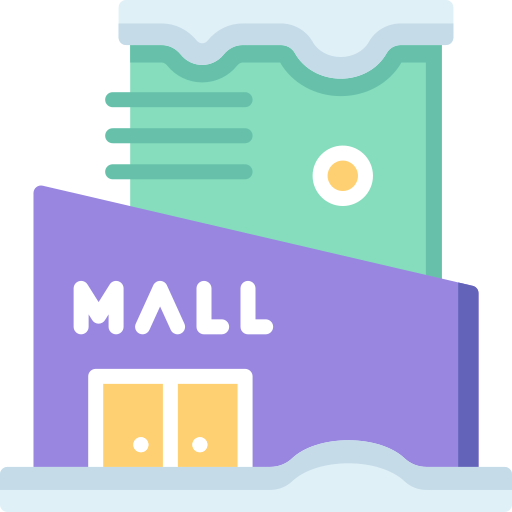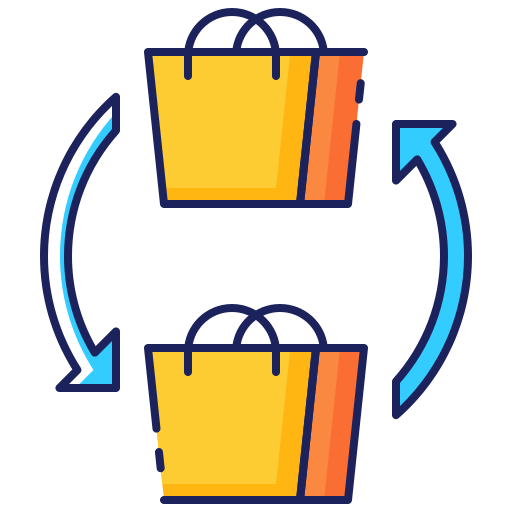An e-commerce es un modelo de negocio digital que permite a consumidores y empresas comprar y vender, productos o servicios, en línea; obteniendo beneficios como la reducción de costos e incremento del alcance de tu marca. Igual que un establecimiento físico, pueden estar dirigidos a tus consumidores, a otras empresas, a consumidores que comercializarán tus productos, a empresas distribuidoras, a empresas gubernamentales y un sin fin de posibilidades que explicaremos más adelante.
At the end of 2019, internet users nearly doubled their searches on popular browsers,as companies had to figure out how to stay afloat amidst economic, commercial, and social uncertainty.
As for the value of retail sales, a considerable increase has also been achieved since 2019, the year in which such sales in Mexico alone exceeded 20.6 billion US dollars. By 2023, online commerce revenue is expected to exceed 30 billion US dollars.

In Latin America,Brazil has the largest e-commerce market, with around 80 percent of its population accessing the internet to purchase products or services within a year, followed by Chile and Mexico, where 65 percent of the population bought products or services online. These purchases also include streaming services, payment for housing services, grocery shopping, food, and transportation services.
Who is your e-commerce selling to?
We know that you have the most information about your business, but most of your online customers for products and services may be millennials and centennials, specifically those between the ages of 25 and 34, and to a similar extent, Generation X, ages 35 to 44.
These two generations continue to lead worldwide in online purchases, making up 62 percent of total online sales,while the rest are composed of people over 45 and under 24 years old.

Within e-commerce sales, there are some products and services that have managed to stand out on these platforms, meaning that customers prefer to purchase them through a virtual store or app rather than in physical stores.
What are they?
Over 70 percent of consumers prefer to buy fashion, leisure, travel, and footwear through an e-commerce platform. This includes clothing and accessories, leisure activity tickets, plane tickets and transportation, sneakers, and any type of footwear.
Questions you have to ask yourself, no matter what!
Before starting your e-commerce, renovating it, or reactivating your marketing efforts, we recommend that you answer the following questions, which will allow you to clarify what type of e-commerce you are dealing with.
Do I sell physical products, digital goods, or services?
What are the characteristics of my customer?
What are my production and service capabilities?
What is the best thing about my product or service?
What sets me apart from my competition?
E-commerce does not define your business model; it can be a B2B, B2C, B2G, or more. If you're still unsure, we'll give you some clues that will also help you stay on trend and ask for more appropriate advice.
B2C
Business to Consumer

Your company sells products to the end consumer. Everything the end consumer can buy online, from a pair of socks to a car, is done through a B2C model.
B2B
Business to Business

You are a company that sells its product or service to another company. You may be a supplier of raw materials or semi-processed products. This type of business has longer exchange cycles, higher average ticket sales, and recurring sales from your customers.
B2B2C
Business to Business
to Consumer

You are a company that sells products or services to another company that will sell them to the end consumer, i.e., your products or services are purchased by commercial or distribution companies, recognizing that the product they are offering is made by your company. This is the case with products found in supermarkets or trips purchased through travel agencies.
B2G
Business to Government

You are a company that offers products or services to government agencies at the local, state, or federal levels. This type of company depends on the negotiation and relationships built with the government team.
C2B
Consumer to Business

You've probably heard of influencers, the social media opinion leaders. You are a C2B if companies invest in you to consume their products or services and show them on your platforms through unboxings, review videos, experience stories, or other means.
C2C
Consumer to consumer

If you are a C2C, you can be found on various platforms such as Facebook Marketplace, Instagram, Mercado Libre, eBay, Amazon, and more. These allow you to sell services or items, even second-hand. The biggest challenge is being able to offer your customers quality control and maintenance of their purchases.
What do you sell?
After clarifying your business model, we can talk about your value delivery method, which is part of your product or service that your end consumer gets the most benefit from.

White label.
When your company uses a third party to manufacture the product, but it will ultimately bear your logo and name, you have a white label value delivery method. This works to have full brand visibility while reducing manufacturing costs. This type of company is very popular in the fashion and cosmetics industry, especially those that bear celebrity names.
Private label.
If your company manufactures products for retail consumers, we can talk about a Private label. These are companies that can produce but also have storage and sales spaces. This is the case for many supermarkets with their brands or boutiques that sell clothes with their own label.


Wholesalers.
If your company sells to other companies, it is likely a wholesaler, and not only products, but services can also fall into this category. Wholesalers sell lots of products or packages of services at a significantly lower price than the final consumer pays so that the intermediary also earns profits for each sale.
They are the ones who supply supermarkets, grocery stores, or wholesale travel agencies.
Subscription service.
This method is not as new as it seems, as it began to be used more than 500 years ago by navigation map editors who were paid by their subscribers to get the first updates of the maps.
If you are a printing press, a newspaper, a music streaming or audiovisual production platform, or even articles or reviews, you have a subscription service business model. Your challenge is to keep your subscribers satisfied and take care of updating your product with each delivery.

Recommendations to apply in your e-commerce now!
This is the best time in history to bet on your venture. Thanks to all the possibilities of online commerce and the growing B2C communication from all platforms and social networks, the cost of business failure can be very low, and the possibilities of experimenting with different products and markets have increased.
Change, adjust your idea, and come back stronger. Knowing that now your cost of failing in your venture is lower than ever in history, you can take advantage of making the necessary adjustments to your product, service, or target market. Remember that in times of hyperconnectivity, almost any product is marketable.
Be part of the community you serve. Give humanity to your brand, and participate in the platforms where you know the community to which your product is targeted interacts. Leave the fear and share knowledge, only then can you be a leader within the community you want to enter.
Win-win. Currently, brands, especially those that sell their products on social networks, are not afraid to ask for help from their competition. If you have a small business that seeks advice to grow, ask for it. A large part of the daily interactions on social networks come from people trying to solve doubts and questions, even from strangers.
Build relationships with your customers. This is something everyone wants to do, and one of the most difficult things to achieve. How can you do it? Provide them with personal attention. If you have frequent customers, they can share their knowledge as consumers. While it's not a good idea to overwhelm them with messages, newsletters, or commercials, you can ask them to respond to a brief survey on their last purchase in exchange for a discount coupon. Remember to personalize it through a CRM so they can read it as a human and not as a bot.
Get to know the opinion leaders, influencers, and platforms. Recognize who these people are that your consumers listen to, read, and watch. These are the ones you'll need to speak well of you to position yourself in the eyes of your potential customers. Recognize the communities of these prospects and identify who they listen to, on what topic, and from which platforms.